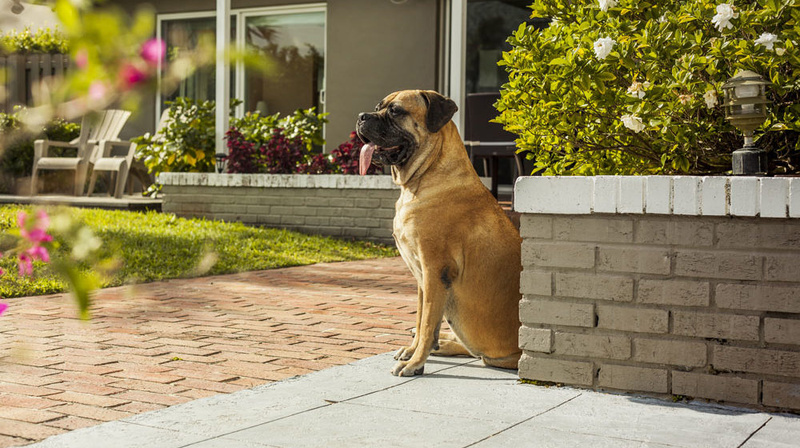
How to Make Your Yard Pet-Friendly
Do you have a pet? Make sure your property is a secure and comfortable place for it—provide areas for running, patrolling, and going to the bathroom. Be aware of the many plants that are toxic to animals and stick with the plants that are safe.
Do you have a pet in your home? If so, you’re in the company of 85 million other families in the United States, says the American Pet Products Association that conducted a pet ownership survey in 2018. Thirty-six percent of households in the United States own dogs, and 30.4% of American households own cats.
There are things you can do in your outdoor areas to make them enjoyable, safe, and comfortable spaces for your pets.
Places for Peeing, Pooping, and Running
All animals need a place to go to the bathroom. Cats need dirt where they can dig a hole and then cover up their pee and poop. Dogs just need a place to do their business, and if you don’t want surprises all over your yard, designate an area– such as a strip around the perimeter of the property–for your dogs to relieve themselves. They’ll need training to learn to go there, but once they are trained, you or your visitors can walk across the yard without fear of stepping in poop.
A perimeter path also gives dogs a place to run and be the masters of their yards. Keep them inside the property with fences, dense hedges, or an invisible/underground fence. If you install an underground fence, consider putting up a sign or two letting passersby know that your dog will not be able to reach them. It can be scary seeing a dog rush toward you if you don’t know that it will stop at the invisible fence.
Some homeowners designate sections of their properties, such as back corners or side yards, for their animals to use as relieving sites. These areas can be covered with cedar chips, pea gravel, or flagstone. As with perimeter paths, dogs must be trained to use these areas for relieving themselves. Puppies may require three weeks for training; adult dogs take longer to learn.
Areas of Sun and Shade
Animals like to lie in the sun, but they also like to move to shade if it gets hot. Make sure you provide both sunny and shady areas for your pet’s comfort. No trees on the property? Put up a structure to provide shade—a small covered area, a pergola or arbor, or a dog house.
Install Safe Plants; Remove Toxic Ones
Be knowledgeable about the plants that are growing on your property. Some of them may be dangerous to your pet. Plants with thorns, such as bougainvillea or Robellini palms, can poke pets’ eyes or their paws. Look to see if there are barbed weeds in your yard. The barbed seed heads, if inhaled by an animal, can cause great discomfort.
Other plants are toxic or deadly and can kill an animal or make it very sick if eaten. Wild mushrooms should always be regarded with caution; it’s usually best to remove them from a yard as soon as they’re spotted. The American Society for the Prevention of Cruelty to Animals provides lists of plants to avoid as well as plants that are safe for pets.
With a little research, planning, and effort, you can make your yard a place that is safe and comfortable for your pet.